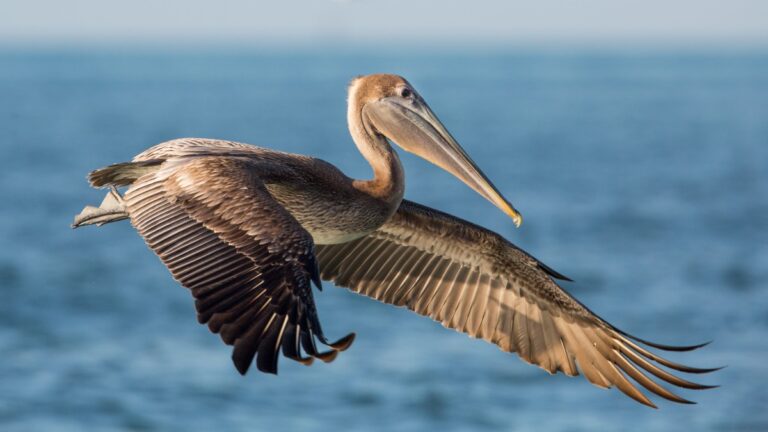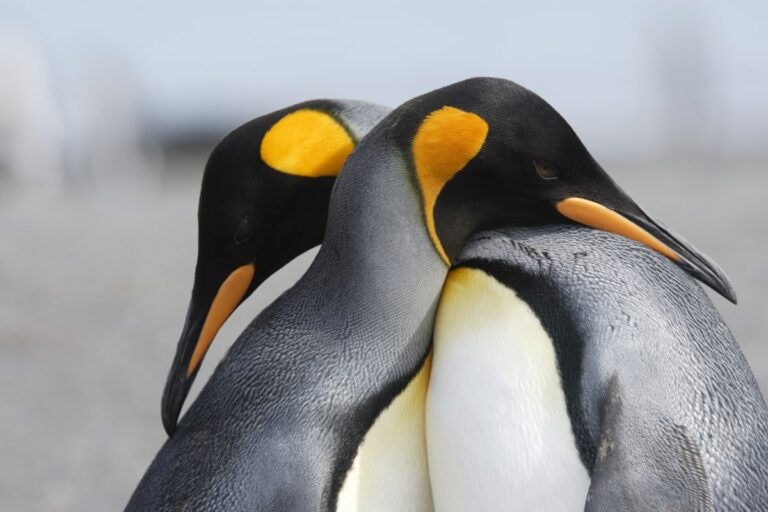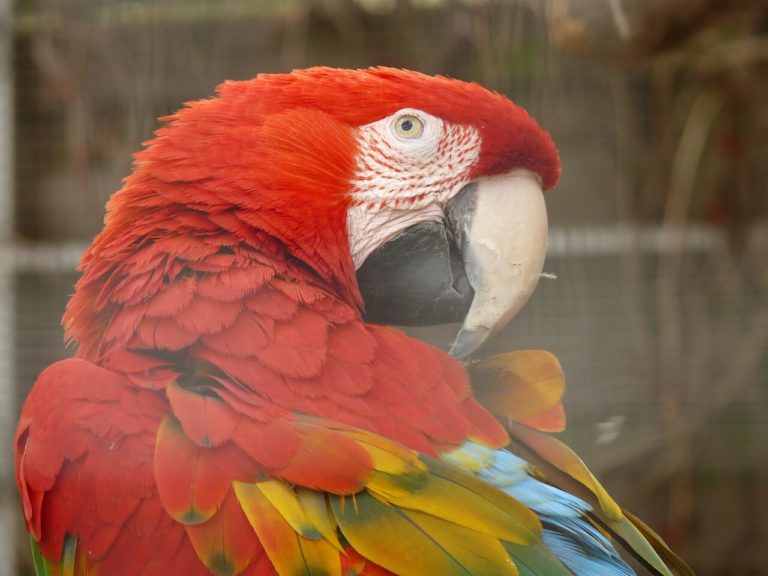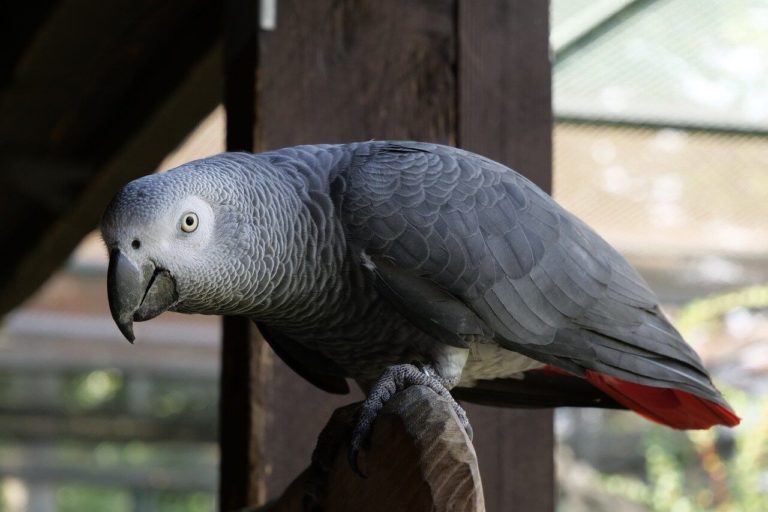The Essentials
Pelicans are found in a variety of habitats worldwide, mostly near water bodies such as lakes, rivers, and oceans, except for the polar regions and the open ocean. Find out more…
The Dalmatian Pelican is the largest among the pelican species, boasting the most massive bill among all birds. Read more about different types…
Yes, it’s true. Spot-billed pelicans, a species native to southern Asia, are known to migrate to India for breeding during the winter season.
There’s no question that pelicans are a fascinating species. From their distinctive large beaks to their impressive wingspans, pelicans offer a glimpse into nature’s wonders. Soaring over oceans, lakes, and rivers, or gracefully diving into the water for a catch, you may have seen these incredible birds. In this blog post, we’ll delve into the fascinating world of the pelican, exploring its unique characteristics, behaviors, and ecological importance.
The Pelican: A Study in Adaptation and Survival

Pelicans, part of the family Pelecanidae, have been around for more than 30 million years. It’s a testament to their adaptability and resilience in diverse environments, from the warm tropics to temperate regions. There are currently eight recognized species of pelicans, each with unique adaptations to their respective environments.
The most distinguishing feature of a pelican is undoubtedly its long bill, which is equipped with a throat pouch known as a gular pouch. This pouch can hold up to 2.5 gallons of water – imagine that! But it’s not just a storage device. In an ingenious display of adaptation, pelicans use this pouch as a net to catch their main food, fish, and sometimes even small amphibians and birds.
The pelican’s beak is a marvel of nature’s design, but don’t overlook its impressive wings. With wingspans that can reach nearly 12 feet (3.6 meters) in some species, pelicans are built for long-distance flight.
But their aerial prowess isn’t all about size. A pelican’s wing bones are filled with air, making them lighter and more efficient fliers. This adaptation allows pelicans to glide effortlessly over water surfaces, scouting for potential prey from above.
Social Birds with a Flair for Teamwork
Pelicans aren’t just well-equipped to survive, they’re also social birds that display a remarkable ability to cooperate when it comes to hunting. Pelicans often hunt in groups, using coordinated efforts to draw fish into shallow water where they can scoop them up in their large beaks. This cooperative behavior extends beyond the hunt – pelicans are also known to breed in colonies, building large communal nests on the ground, in trees, or on cliffs.
The social nature of pelicans is a testament to their highly developed communication and cooperation skills. These qualities make pelicans a fascinating study for ornithologists and nature enthusiasts alike, as do their impressive physical adaptations.
Did you know? A group of pelicans has many names including a pod, scoop, squadron, or a pouch of pelicans.
The Fascinating Lifecycle of Pelicans

The life cycle of a pelican is another fascinating aspect of this unique bird. Pelican pairs engage in courtship rituals that include vocalizations and elaborate displays of their gular pouches. After successful courtship, the female usually lays two or three eggs, which both parents take turns incubating.
Once hatched, the chicks are completely dependent on their parents for survival. For the first few weeks, the parents feed their chicks by regurgitating partially digested food into their gular pouches. The chicks then feed on the regurgitated food.
As the chicks grow and develop the ability to fly, they gradually become more independent and join their parents on fishing expeditions. By the time they reach three to four years of age, they’re ready to start families of their own and continue the life cycle of their species.
Hint: When observing pelicans, always keep a respectful distance. Your presence could disrupt their natural behavior, especially during breeding season.
Different Types of Pelicans
- Brown Pelican: The smallest but most abundant pelican species, brown pelicans are the only dark pelicans and the only ones that dive from the air into the water to catch their prey. They inhabit the Atlantic and Pacific coasts of the Americas.
- American White Pelican: One of the largest North American birds, they are recognizable by their pure white plumage and black flight feathers. Unlike their brown counterparts, they prefer to scoop up fish while swimming.
- Great White Pelican: Found in the shallow swamps of Africa, these pelicans are known for their cooperative fishing style, in which large groups drive fish into shallow water to catch them.
- Pink-Backed Pelican: As the name suggests, these African pelicans have a distinctive pink hue on their backs. They are smaller than other species and tend to live in more forested habitats.
- Spot-billed Pelican: Native to southern Asia, these pelicans have a distinctive grayish patch on their beaks. Their numbers have declined significantly due to habitat loss.
- Dalmatian Pelican: This species is the heaviest of the pelican family and has the largest bill of any bird. They have a wide range from southeastern Europe to India and China.
- Australian Pelican: Known for having the longest bill of any bird, these pelicans are found throughout Australia, Papua New Guinea, and parts of Indonesia.
- Peruvian Pelican: Found along the Pacific coast of South America, these pelicans are similar in appearance to the Brown Pelican, but are nearly twice as large.
Each species of pelican plays a critical role in their respective ecosystems. Their feeding habits control fish populations, while their nesting habits can influence the flora and fauna of their habitats. Although similar in basic biology and behavior, these eight species of pelicans truly demonstrate the diversity and adaptability of nature’s creations.
Human Impact and Conservation Efforts
In their role as top predators, pelicans are essential to maintaining the health of aquatic ecosystems. By preying on fish populations, they help keep the aquatic food web in balance. In addition, the discarded remains of their meals provide vital nutrients that enrich the ecosystem and promote the growth of algae and other aquatic life.
Caution: Never attempt to feed pelicans or any wildlife. It can disrupt their diet and make them dependent on human-provided food.
Despite the resilience and adaptability that pelicans have demonstrated for millions of years, human activities have increasingly threatened their survival. Overfishing, habitat destruction, pollution, and climate change are some of the challenges facing these birds today.
Overfishing can drastically reduce the availability of fish. This deprives pelicans of their primary food source. Similarly, habitat destruction, especially in coastal areas, can lead to the loss of nesting sites, affecting the breeding success of these birds.
Pollution, especially oil spills, is a serious threat to pelicans. When their feathers come into contact with oil, it disrupts their waterproofing and insulation, putting them at risk of hypothermia. Ingestion of oil can also lead to serious internal injuries or death.

But all is not gloom and doom. Increased awareness of the importance of pelicans to the ecosystem has led to conservation efforts. These efforts include habitat protection, fishing regulations, and pollution response measures. The rehabilitation and release of injured pelicans into the wild has also been a critical aspect of conservation efforts.
Pelicans in Culture and Symbolism
Beyond their ecological importance, pelicans also hold a significant place in various cultures and belief systems around the world. Their impressive size, unique physical characteristics, and cooperative hunting tactics have made them symbolic in many societies.
In Christian symbolism, the pelican is often depicted as a symbol of self-sacrifice and charity. This association stems from the legend that in times of scarcity, a pelican would slash its breast in order to feed its young with its own blood. This behavior is not observed in actual pelicans. However, the image of the “pelican in her piety” is a powerful motif in Christian art and literature.
Tip: If you’re an avid bird photographer, early morning or late afternoon offers the best lighting to capture pelicans in action.
Pelicans are fascinating creatures
Pelicans are much more than birds with big beaks. They’re complex creatures with unique adaptations, social structures, and important roles in their ecosystems. With their survival threatened by human activities, it’s more important than ever to understand and respect these magnificent birds. So the next time you see a pelican soaring high or diving into the water for a catch, remember that you’re witnessing a wonder of nature honed by millions of years of evolution.








